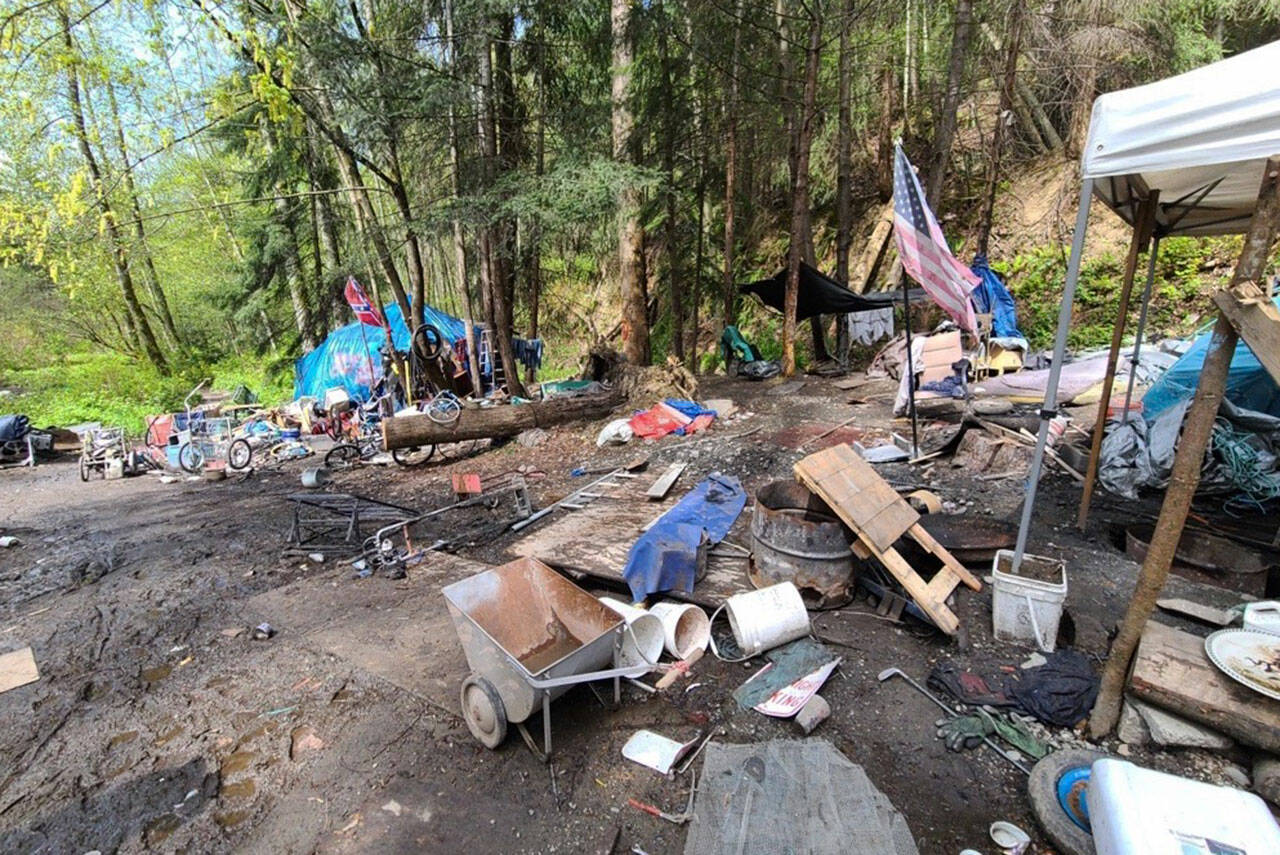By Ella Will, For the Mercer Island Reporter
The King County Unsheltered Point-in-Time (PIT) Count is taking place from Jan. 22 to Feb. 2 alongside a sheltered PIT count, as required every other year by the U.S. Department of Housing and Urban Development (HUD).
The King County Regional Homeless Authority (KCRHA) will manage the count with help from volunteers from several communities and organizations in King County.
The unsheltered PIT Count includes all individuals experiencing homelessness who sleep in places such as cars, RVs, tents and outside. The surveys conducted for the project also collect demographic data (age, race, gender, ethnicity) to understand the communities experiencing homelessness.
“We know that homelessness is deeply racially disproportionate. Alaskan Native populations are less than 1% of King County’s population, but they are between 9-13% of the homeless population. Similarly, we see very disproportionate results in the Black and African American communities, so [the PIT Count] helps us to provide culturally competent services,” said Anne Martens, Senior Director of External Affairs and Communications at the KCRHA.
Martens said the KCRHA does not have much information about homeless populations on Mercer Island due to an ordinance passed by the Mercer Island City Council in 2021 that enabled the city to fine individuals up to $1,000 or up to 90 days in jail as a consequence of being found sleeping in a public space if there is no available shelter space.
The PIT Count is just one of many data points the KCRHA uses to obtain data in King County. They work with the state Department of Commerce and have found that over this past year, there have been over 53,000 people experiencing homelessness.
As homeless populations are increasing, the KCRHA has seen an upward trend in the general public to dehumanize them.
“There’s a million ways that somebody might fall into homelessness, so we need to remember that when looking at the numbers that they represent real people,” Martens said.
Methodology
The PIT Count is important to understand annual trends for the region and for the housing authority to receive federal funding. However, it is still an undercount.
To obtain more accurate data, the KCRHA has been implementing a new methodology since 2022 by working with researchers at the University of Washington to create a Respondent Driven Sampling (RDS) program. To use this methodology, interviewers will survey the program’s participants in one of the many KCRHA hubs around King County, and the interviewees will receive a $20-$25 Visa gift card as compensation for their time. Interviewers will also give them several “coupons” that act as referrals for others in their network to come in for an interview, and they will receive another $5 gift card for every person they recruit.
The KCRHA hopes to set an example for other communities to use this method because “better data leads to better decision-making,” Martens said.
Before using the RDS methodology, the housing authority conducted the PIT Count using a nighttime street count. The street count had several issues, as it only counted the visibly unsheltered populations that volunteers could see, required clear visibility, and left many groups grossly underrepresented.
With the RDS methodology, the KCRHA requires volunteer interviewers and staff to attend a three-hour training session with separate training for site leads and subregional managers. Martens said the KCRHA wants all their volunteers to feel supported.
“What we want is for our volunteers to feel comfortable and safe, to know that safety is paramount for them, our staff, and surrounding neighborhoods,” she said.
After the data collection period finishes on Feb. 2, the KCRHA will input their findings into a statistics-based analysis system. By using the RDS “snowball” style sampling method, they can extrapolate the overall unsheltered population purely from the people they interviewed and their networks with “95% confidence,” KCRHA Chief Community Impact Officer Owen Kajfasz said in a November presentation.


